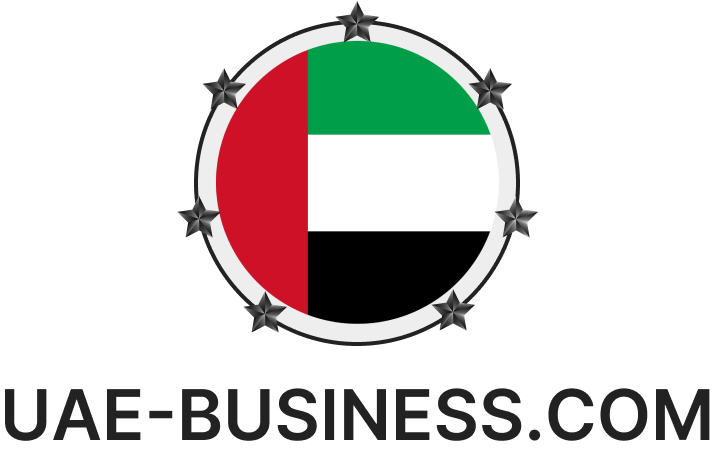April Showers of Flowers or Market Howlers!
By Geoffrey Muns
With the way stocks are headed it appears they’re primed for a possible selloff. The inordinate failure of midsize banks is a caveat for investors who are wondering if US stocks are poised for a comeback or a correction. Downsides from long-duration treasury holdings built up gradually over the past year, with the risk from deposits were highly concentrated in casualty tech companies and start-ups. With these issues unexpected acceleration, they led to the recent and sudden failures of Silicon Valley Bank and Signature Bank. When the banking stress first surfaced in March, Morgan Stanley’s primary takeaway for US equity markets was that these failures and close calls would likely lead to a credit crunch supporting existing below consensus outlook for corporate earnings. The data suggested a credit crunch has indeed started and we’ve specifically seen the biggest 2-week decline on record in lending by banks as they are being forced to concurrently sell mortgages and T-bills at record pace to offset deposit attrition.
Since the Fed began raising rates over a year ago, USD 1 trillion in deposits have fled the banking system. Add the already tight lending standards and it’s no surprise that credit growth is shrinking. If that wasn’t enough, the latest small business date showed that credit availability had its biggest monthly drop in 20 years, while interest costs are at a 15 year high. Bank failures seemed predictable, given the speed and magnitude of the Fed’s rate hikes, concentrated deposits from corporates and poor controls around duration risk, translating that banks failed to hedge the risk of losses they might incur in the event of interest rate hikes. Most investors didn’t see the failures coming.
SPX and Nasdaq have traded well since SVB first announced it was insolvent, although small caps, banks and other highly leveraged stocks have traded poorly. However, that should not necessarily be looked at as a signal that all is well. Quite contrarily, the gradual deterioration in the growth outlook for US stocks is likely to continue. Even large-cap indices are at risk of a sudden fall, like those we have witnessed in the regional banking index and small caps.
Earnings season may be set up for a slippery slide with the earnings growth deterioration we’ve observed over the past year. Until now, the decline in earnings estimates for the S&P 500 has been steady and gradual. After peaking in June last year, the forward 12 month bottom-up consensus earnings per share (EPS) forecast for the SPX has fallen at a rate of approximately 9% per year. This has not been severe enough for equity investors to demand higher returns for the additional risk they are taking, but we think they should.
Investors are further comforted by the consensus earnings forecast, which implies that the first quarter of this year will be the trough for the SPX earnings per share. This is a key buy signal that one would normally embrace, if one believed it. The pace of decline in earnings estimates should increase materially over the next few months as revenue growth begins to disappoint. To date, most of the disappointment on earnings has been a result of lower profitability, particularly in the technology, consumer goods and communications services sectors. However, there are other risks to earnings, notably falling demand. To those investors cheering the softer than expected inflation data last week, I say – BE CAREFUL what you wish for! Falling inflation last week, especially for goods, is a sign of waning demand, and inflation is the one thing holding up revenue growth for many businesses. If revenues begin to disappoint, earnings could see a gradual, then sudden, slide.
There are 3 main risks that could throw a spanner in the works and derail US stocks. Fissures in the labor market, worsening business conditions and weak corporate earnings bode ill for equities. With stocks continuing to post gains into the second quarter marked by an 8% rise in the SPX this year, bullish equity investors appear full of optimism. They seem to believe that inflation has been tamed, the Fed is nearly done raising interest rates and will soon begin to cut and that corporate earnings will be resilient.
This outlook highlights present day very rich equity valuations but likely leaves little room for any future upside or the potential for further gains and more important, may set up equity investors for disappointment. I believe the market’s resilience overlooks the growing risk of an economic recession as the Fed comes to the final stages of its rate-hiking cycle. Here are 3 risks investors should watch;
A) Cracks in Labor Market – NFP in March employment data highlighted a better-than-expected gain of 236,000 jobs, labor force participation on the rise and an unemployment rate near a record low. However, the Job Openings and Labor Turnover Survey (JOLTS) showed the biggest drop in job openings over three years, with postings falling below 10 mio in Feb. Initial unemployment claims are also edging higher as small businesses slow their hiring, job cut announcements rise and consumer sentiment falls.
B) Business conditions may be worsening & bank lending slowing- March end saw the largest decline in loans and leases at commercial banks in nearly 50 years. In a recent National Federation of Independent Business (NFIB) survey, 9% of small businesses reported that financing was harder to get than three months ago, the highest rate since December 2012. Also consider corporate bankruptcy data: Following multi-decade lows in 2022, bankruptcy filings in the first three months of 2023 were the most in any first quarter since 2010.
C) Performing Companies are lowering their 1st quarter forecasts – Most companies have cut 1st quarter estimates already, the most since the third quarter of 2019. Many of these trimmed outlooks are coming from the tech and industrials sectors. Investors’ expectation that 1st quarter results will mark the worst of this economic cycle even before we’ve seen a true slowdown in the economy or an uptick in unemployment seems naive.
The most severe monetary policy tightening campaigns in 40 years is now beginning to weigh on the economy. Investors should pay attention to 1st quarter corporate earnings results and performance forecasts from company management, which may point to a slowdown ahead. Investors deploying new cash should focus on income and yield opportunities in both stocks and bonds. Many equity bulls point to cash on the sidelines as a reason that stock prices may yet edge higher. But with valuations rich and cash like instruments offering yields between 4% to 6%, stocks especially market-cap weighted index funds look less compelling.
Closer to home, Middle Eastern markets appear more resilient, which had a stellar 2022 year and will most likely yield promising results this year as well based on the larger inflows of investments and companies moving into the region. Ray Dalio has solid plans to open an FO in Abu Dhabi.
GCC markets had a 21% share in 2022 of the global IPO volume, as compared to only 2% in 2021. With expectations that some names will be going public this year, following the footsteps of Emirati companies ADNOC Gas and Al Ansari Exchange, which were over-subscribed, reflecting high demand on investments in this region. The investment world this year has witnessed multiple shocks, leading to markets in an almost constant state of turbulence. Market stakeholders, including brokers, traders and companies, have centered their primary focus on central banks, especially the Fed, anticipating if interest rates are going to rise and if they they will keep increasing. The banking crisis caught everyone by surprise and the focus of investors shifted from expecting the rise of interest rates to anticipating rate cuts since the crisis started showing ripple effects in Europe with the collapse of Credit Suisse.
With global players successfully interfering to contain the banking crisis, eyes once again turned to central banks and interest rates. This didn’t appease traders’ concerns regarding the volatility of the markets, especially in GCC countries which heavily rely on oil as a main source of income. Despite the Russian-Ukrainian conflict and fears of oil and gas shortages, which had previously led oil and gas prices to skyrocket, demand is not outstripping the current supply. Oil prices have been on a downtrend and may continue to drop as much of the recent move upwards was a result of short sellers closing short positions. If oil prices continue to drop and interest rates rise, this might start to have a negative effect on markets.
The weather in Dubai is still pleasant and more than accommodative during the holy month of Ramadan. Have a joyous and peaceful Eid this month!
Risk warning – As with all investing, your capital is at risk. The value of your portfolio can go down as well as up and you may get back less than you invest. Past performance and the contents of this outlook is not a reliable indicator of future performance. This article/print is protected through international copyright & print laws and may not be reproduced, distributed or copied without exclusive permission from the writer.
 Geoffrey Muns is an Independent Financial Advisor and Planner certified from the UK, US and UAE based out of Dubai for the past 20 years. He also works in the PE/VC space and is a seasoned investment banker having worked with international banks and investment firms in the region. You may contact him at 1mgicapital@gmail.com
Geoffrey Muns is an Independent Financial Advisor and Planner certified from the UK, US and UAE based out of Dubai for the past 20 years. He also works in the PE/VC space and is a seasoned investment banker having worked with international banks and investment firms in the region. You may contact him at 1mgicapital@gmail.com
